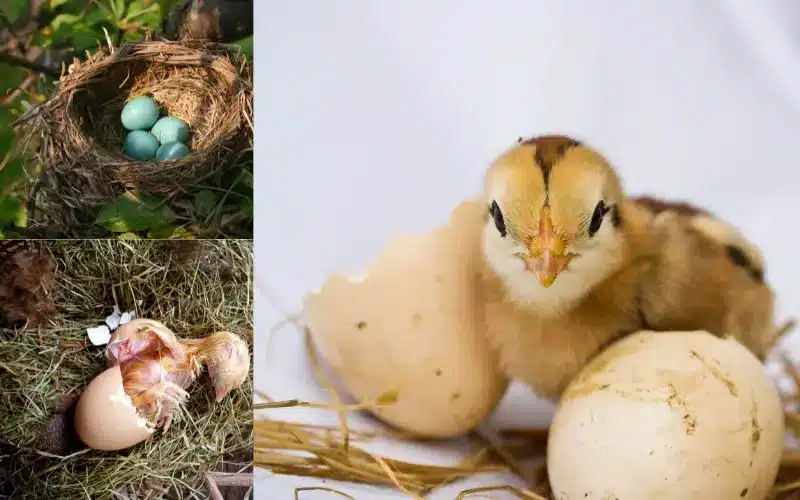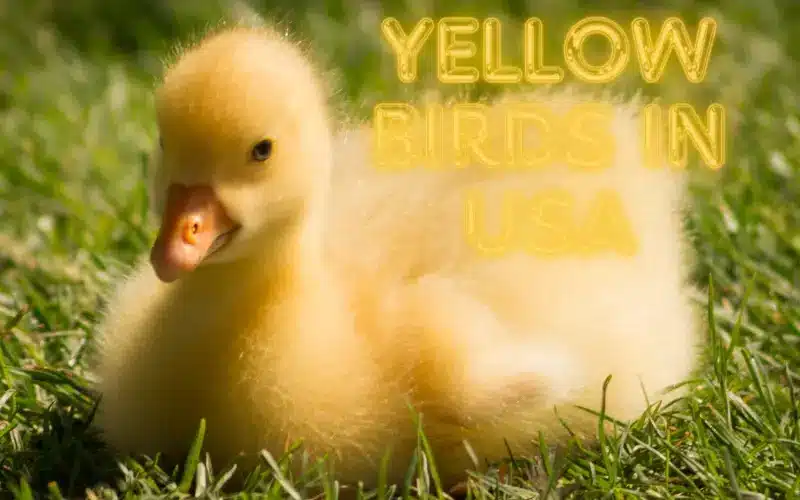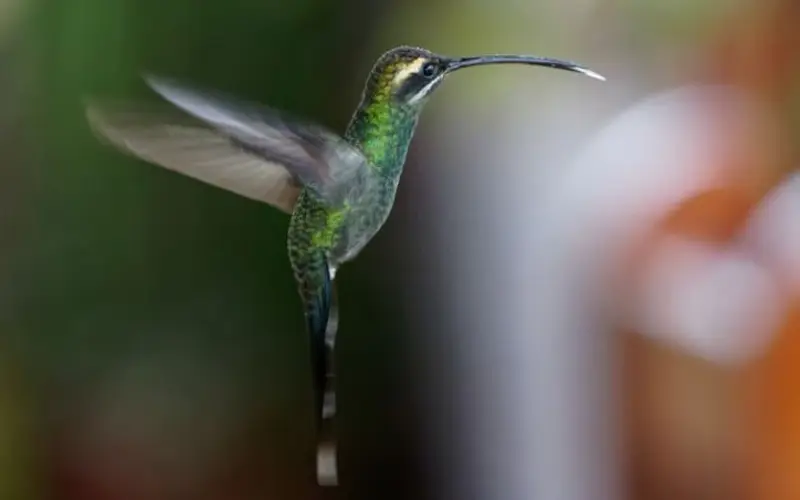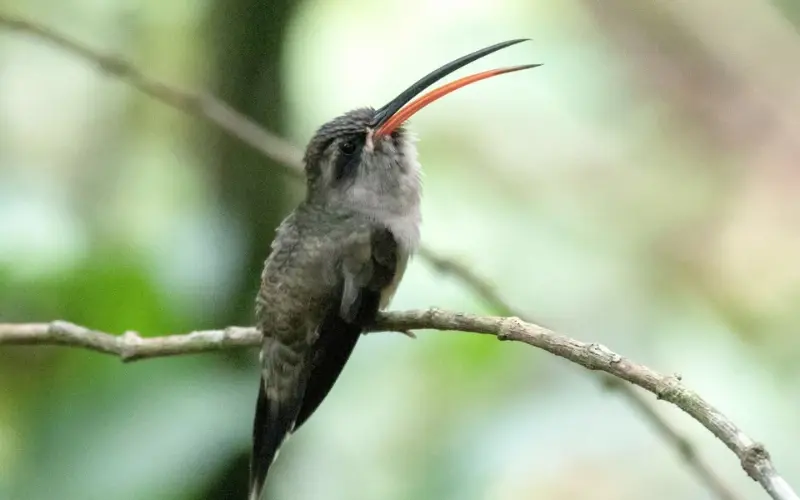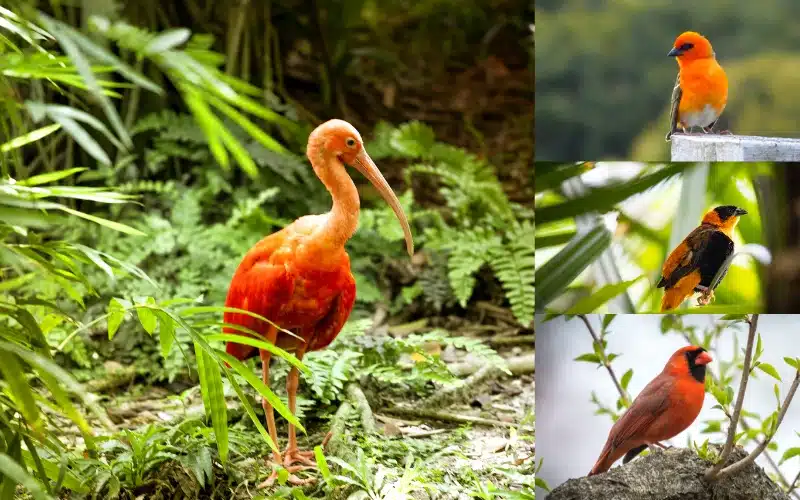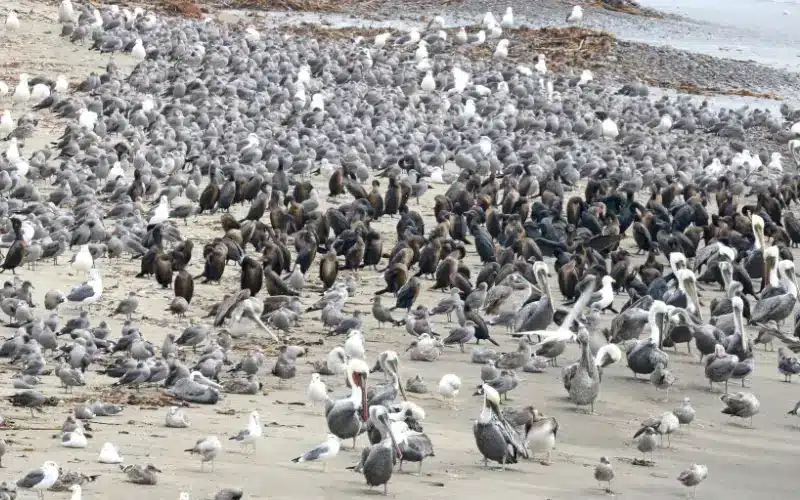How do birds Reproduce? Birds are a diverse group of animals that have evolved over millions of years. They range in size from the tiny bee hummingbird Varieties to the large ostrich.
Like humans, it all starts with a hello. Breeding is an essential part of a species’ survival which is why Forest birds engage in unique courtship and mating displays with all their colorful sweet songs and soaring flights. Bald eagles are known to perform amazing aerial acrobatics during courtship while peacocks display a spectacular train of feathers to impress a potential mate. Amidst the majestic and distinct nature of these magnificent winged creatures (and yes, birds are animals), we really can’t help but wonder: How do birds Reproduce?
How do birds Reproduce?
Spring Fling
Perhaps it has something to do with the fine weather or the naturally occurring flower beds, but the mating season for birds is spring. The scientists observed that mating is usually initiated by the male, who initiates extravagant feather displays and garish dances to break up the ice. The female decides which bird tickles her fancy by flashing its brightly colored feathers, symbolizing a partnership that only ends when one mate dies.
Spring, when food is abundant, possibly for energy, and vegetation is lush, perhaps for added privacy, is the mating season of choice for these fascinating creatures. Although copulation is brief, conjugation is essential to fertilize the eggs for rearing young chicks, and couples are induced to engage in copulation several times, adding spice to the concept that On spring break, the party never stops.
All this may sound familiar, but wooing a potential mate with breathless flights, graceful songs and dances, and an elaborate display of beautiful plumage are all part of a bird’s courtship behavior. Often lasting longer than physical intercourse, this period is when a male bird boasts of his strength and health to the female, convincing her that he is the best possible mate for producing strong and healthy chicks.
Here are some possible reasons why male birds do what they do when they cry:
A male bird’s display of its vibrantly colored plumage indicates its ability to forage well and its good health.
Offering sticks and snails to a potential mate is probably a sign of her excellent hunting skills and ability to provide nesting materials.
A large repertoire is a sign of experience and longevity, which is why men who can sing with the most variation have a better chance of winning the girl.
Such courtship displays are important for female birds because it enables them to anticipate potential mates. Because they expend a great deal of energy to produce and incubate the eggs and then protect and raise their young, dominance by males allows them to make this choice. Whose game is the best?
Cloacal Kiss
It is only when a female bird finally becomes friendly that actual mating results. Unlike mammals, birds do not have genitalia. Instead, both males and females have an opening called a cloaca that serves as the entrance for the male’s semen, and the exit for their urine and digestive waste, as well as their reproductive system. The cloaca is the inner chamber where the testicles or ovaries of birds release their sperm or eggs.
When Forest birds are breeding, their ovaries and testes produce sperm and eggs, which the males store in their cloaca until they find a mate. During mating season in the spring, the reproductive organs of both male and female birds protrude slightly outside their bodies. A few bugs and drinks later, the birds rub their swollen cloaca together, allowing the male to release his sperm into the female’s opening where it travels to her chamber and fertilizes her eggs.
Short Kama Sutra of the Bird The most common position that birds assume during mating is for the male to carefully climb and balance on top of the female. After both birds are facing the same direction, the female bows and bows or lowers herself to the ground. She will then move her tail to one side to expose her cloaca, allowing her mate to easily access it. The male will try to reach his cloaca by arching or curling his body, rubbing the two together, and elongating the sperm. Equilibration often takes longer than the actual “kiss” and there are many more intercourses during this period, increasing the chances of a successful birth.
Different species of birds such as ducks, geese, and geese do not have a cloaca. Instead, the male birds insert a type of organ known as a phallus into the female when they mate. It is formed by the expansion of the cloaca walls and is very helpful in allowing some waterfowl to mate in the water without washing away the semen due to an exposed cloaca.
After the day
Soon after the egg is fertilized, the embryo becomes active and begins the process of becoming a baby bird. A small white spot on the yolk, called the embryonic disc, changes over time until the eggs hatch, depending on the size of the adult bird. How do birds reproduce? It usually takes a few weeks for a chick to develop wings and claws. This is also when the egg tooth, a small but sharp cap at the tip of the beak, begins to grow. This minor but essential structure helps the baby bird emerge from the shell, eventually falling off a few days after hatching as it is no longer needed.
After mating, birds stay close to their nests to raise their young. They need to remain hidden from their hunting partners, especially to protect their young. Excessive stress can cause adult birds to abandon or relocate their nests entirely, which can be detrimental to the survival needs of their young.

So, how do birds reproduce?
By laying eggs. Although reproduction is similar in humans and other mammals, their methods are markedly different. And although the birds are amazing, they are almost impossible to spot in flight. Unlike us humans.


